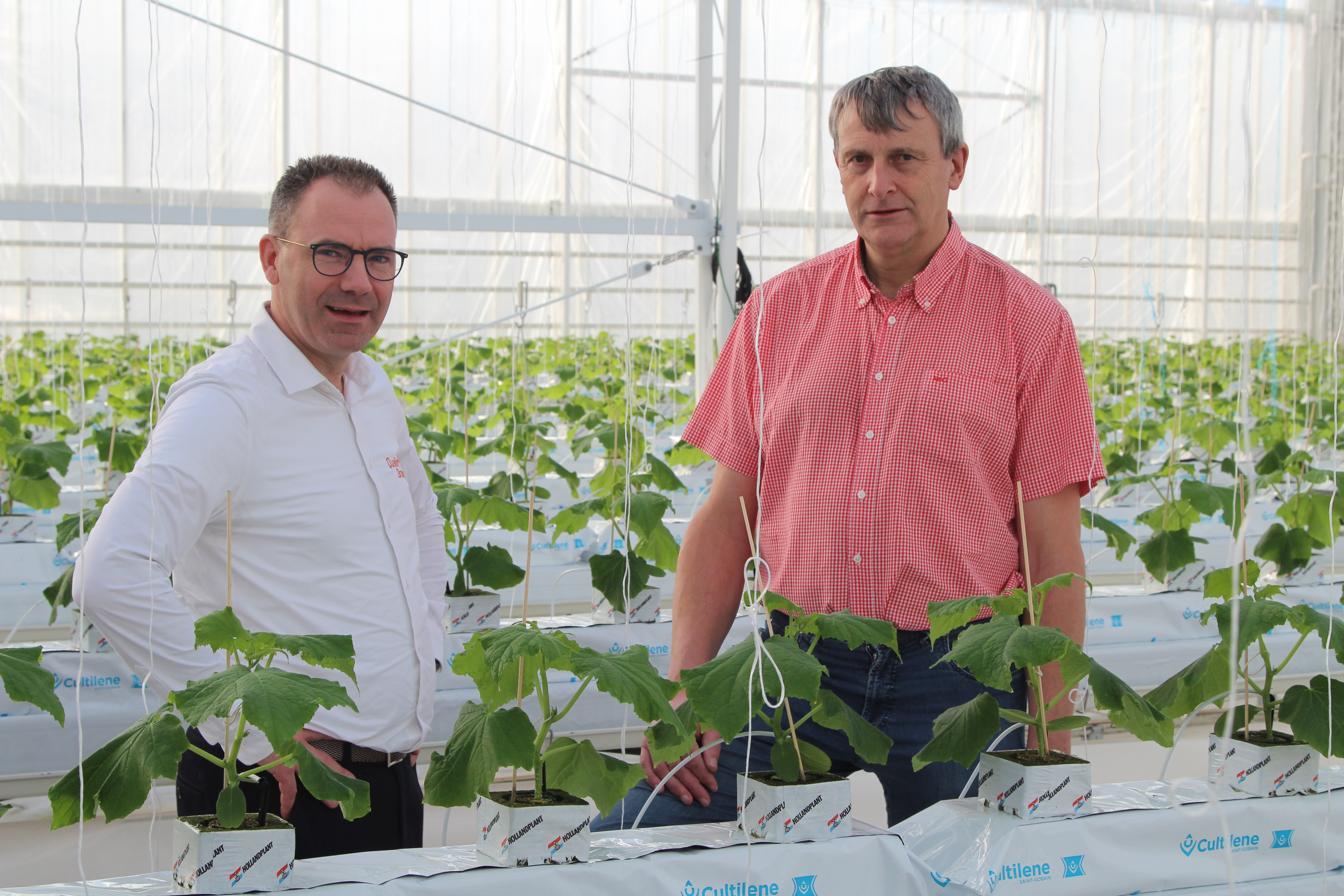Main role for AVS in research into energy-efficient cultivation
In the context of energy transition and energy saving, a lot of crop-oriented research has been taking place at Wageningen UR and Delphy IC in Bleiswijk for years. Maximum utilization of energy-saving tools (full LED, multiple screens, temperature and light integration, etc.) and the principles of Plant Empowerment form the common thread. A third similarity is the role of AVS in the efficient energy management and climate control of the research departments. This allows you to significantly reduce the fossil heat input, while maintaining good humidity control.
At the two adjacent research institutions, which also work closely together, extensive research is being done on energy-efficient cultivation strategies in various settings. Much attention is being paid to lighted cultivation under full LED, to longer and more intensive screening, and to more closed cultivation methods, reducing heat and CO2 losses.
Humidity control more challenging
That does make moisture control more challenging, as growers of various crops have now experienced. "Under pressure from energy prices rising sharply in 2022, many companies switched to full LED and set points for greenhouse temperature and moisture removal were adjusted downward," notes commercial director Ton van Dijk (VDH). "That often led to problems with climate conditions and product quality. It also resulted in new research questions and more insight into the added value of active ventilation. Over the past decade, we have been able to supply AVS installations in various configurations to both institutions. These have amply proven their value in research projects and demonstration crops of tomato, bell pepper, cucumber, eggplant, gerbera and chrysanthemum, among others."
AVS, AVS-wtw and AVS-C
Experience has been gained with standard AVS and AVS-C (condensation) systems at Delphy Improvement Centre, while AVS-C and AVS-wtw (heat recovery) have been applied at Wageningen UR. All standard AVS systems draw in moist, warm greenhouse air, which can be mixed with relatively dry, cool outside air via a mixing valve as desired. Using the standard central heating block, the mixed air can be re-heated to the desired inlet temperature, after which it is blown into the greenhouse using a fan and distribution hoses. AVS-wtw units are distinguished by their air/air heat exchanger, which transfers latent heat from greenhouse air to the suctioned outside air. This reduces the need for re-heating through the central heating block, which saves a lot of energy.
AVS-C installations are also equipped with a condensation block, which extracts sensible and latent heat from the greenhouse air stream. The harvested heat can be stored (for short or long periods of time) and can be used at a later moment.
Developments
Last winter, a new model was commissioned at Wageningen University & Research, a more efficient version than the AVS-C. Van Dijk: "In this new model, air treatment takes place in two stages using passive air/air and active air/water heat exchangers. On balance, even less energy is then required for the necessary condensation and re-heating. With this concept, you have a very energy efficient central solution for the dehumidification issue, in which cooling and heat production are separated."
The latest version developed is the AVS-R. "The R stands for recirculation," Van Dijk explains. "It is not intended for dehumidification, but purely for internal air circulation. The greenhouse air is drawn in at the top and goes back into the greenhouse untreated through the distribution hoses, to be blown out under the cultivation gutters. This meets the desire to help crops without dehumidification issues to a more homogeneous, active climate. Soon we will explain the two new versions in detail on the website."

Ton van Dijk (left) and Wageningen UR researcher Frank Kempkes count on a very energy-efficient cucumber crop thanks to the new AVS installation with passive as well as active heat exchangers.